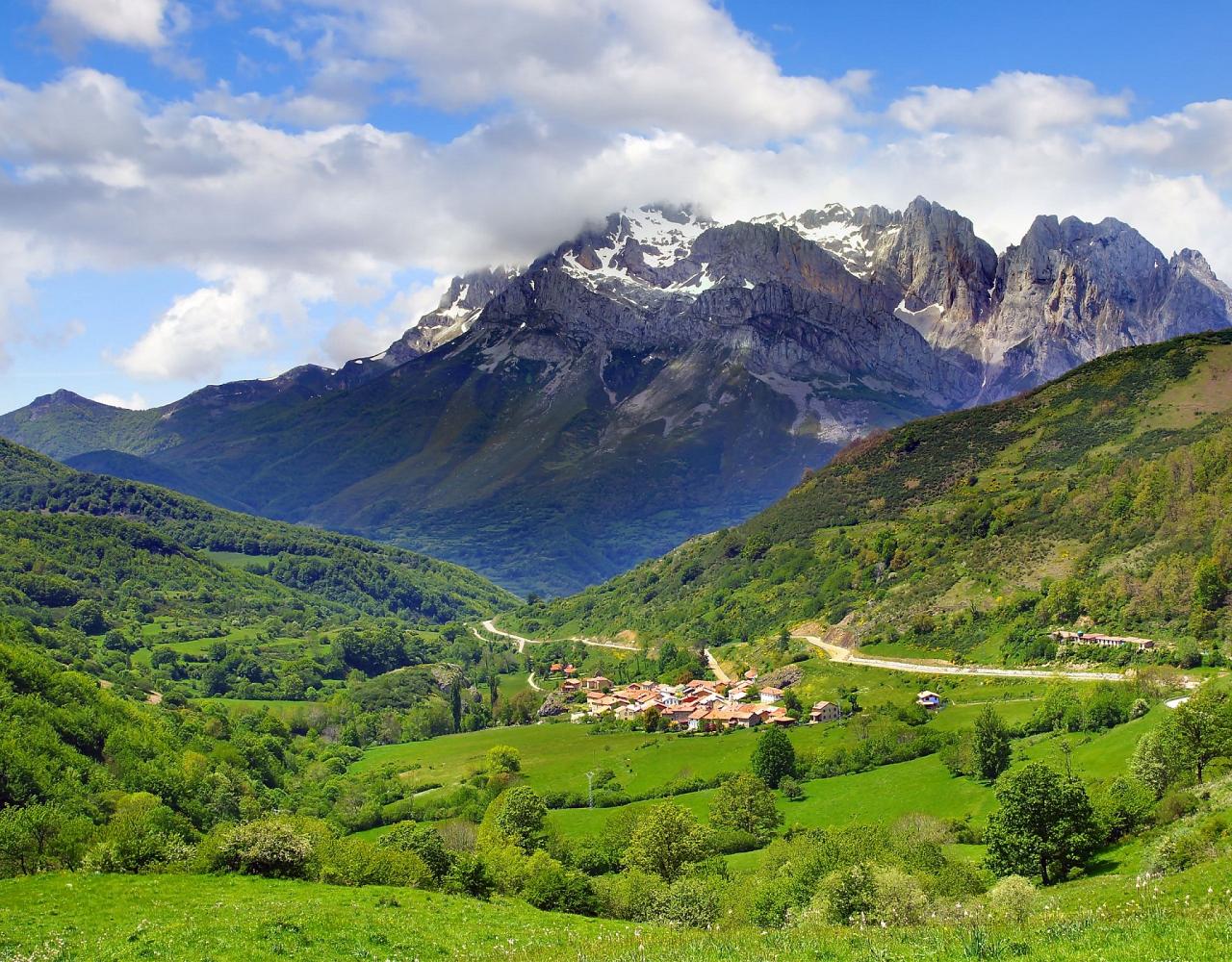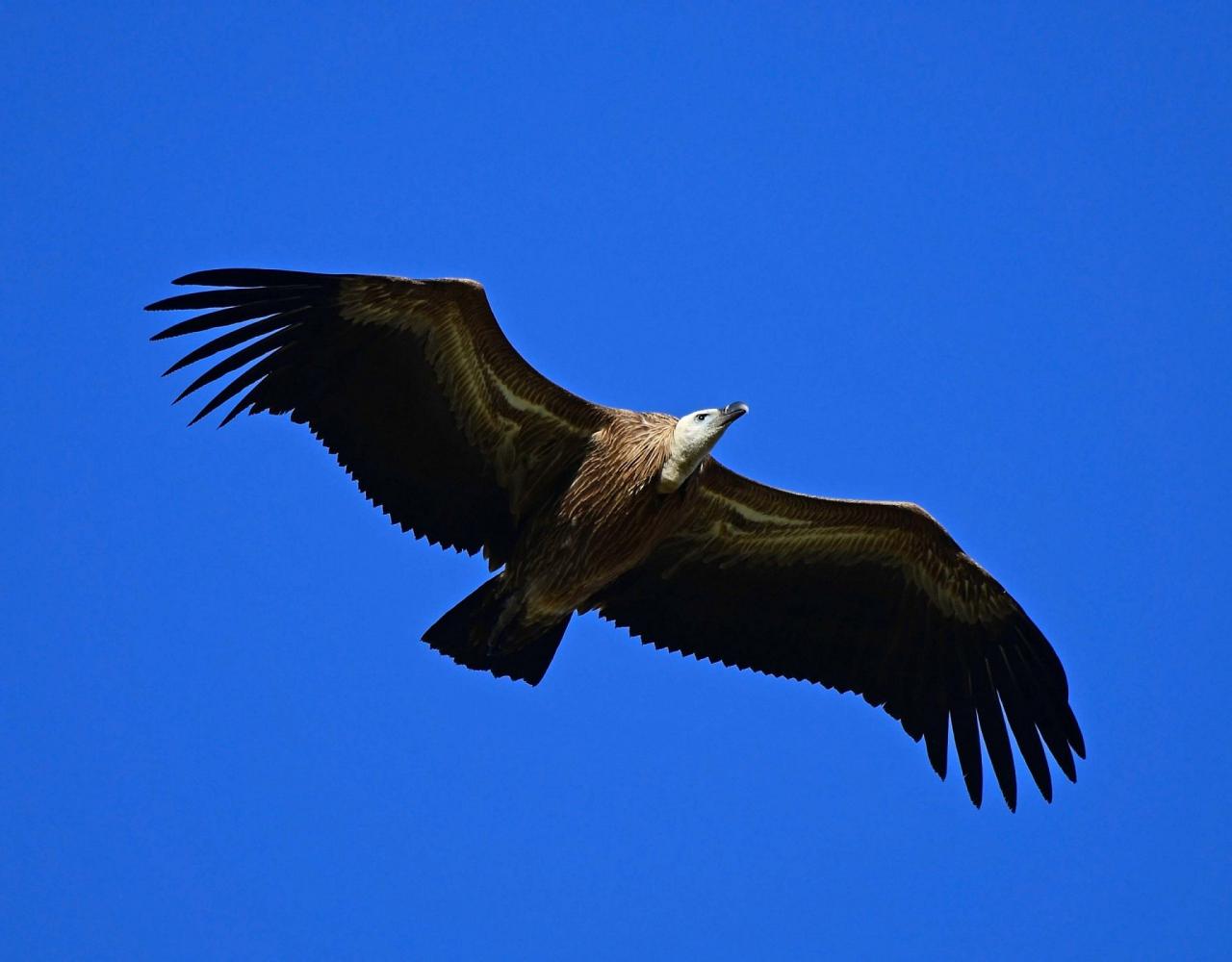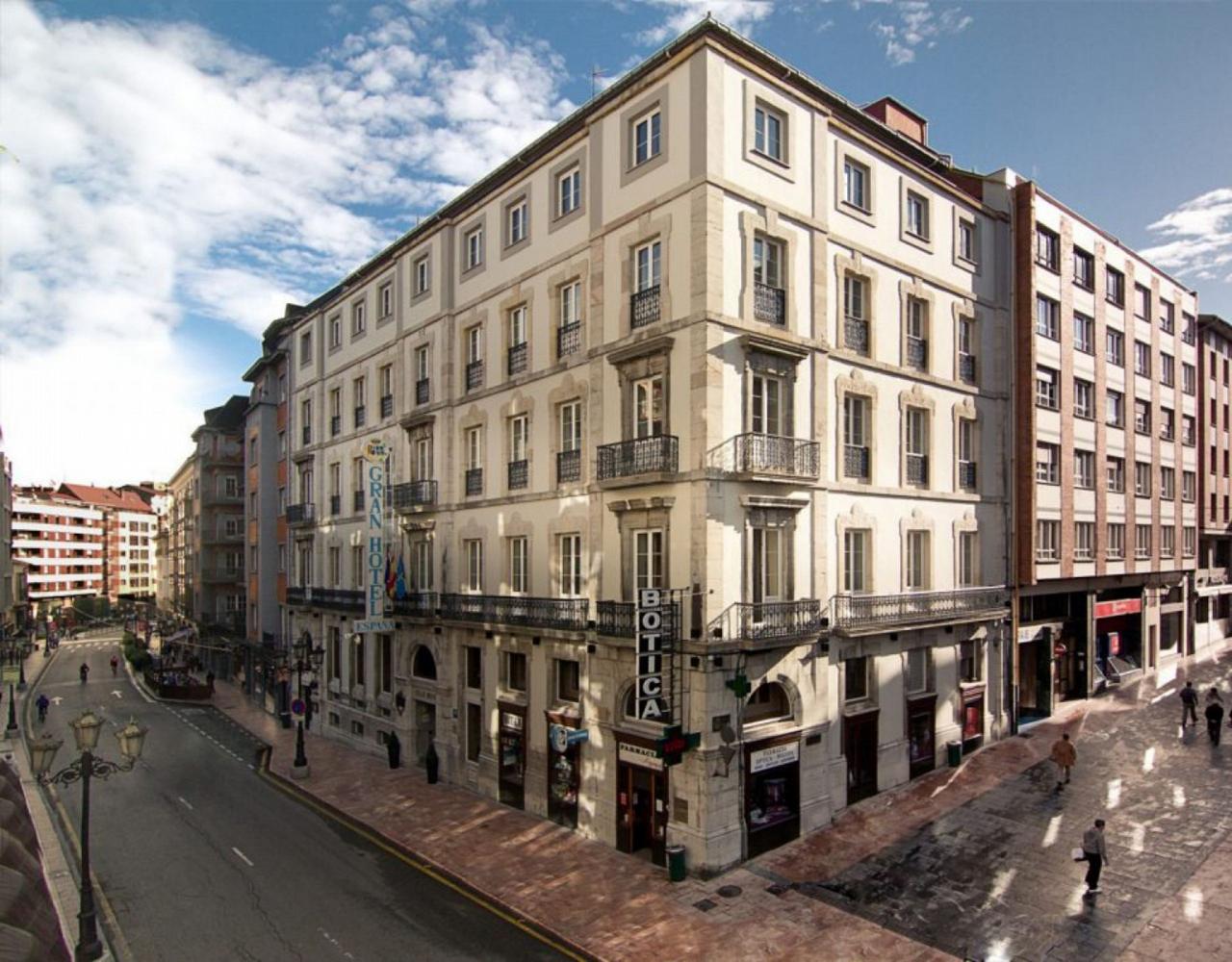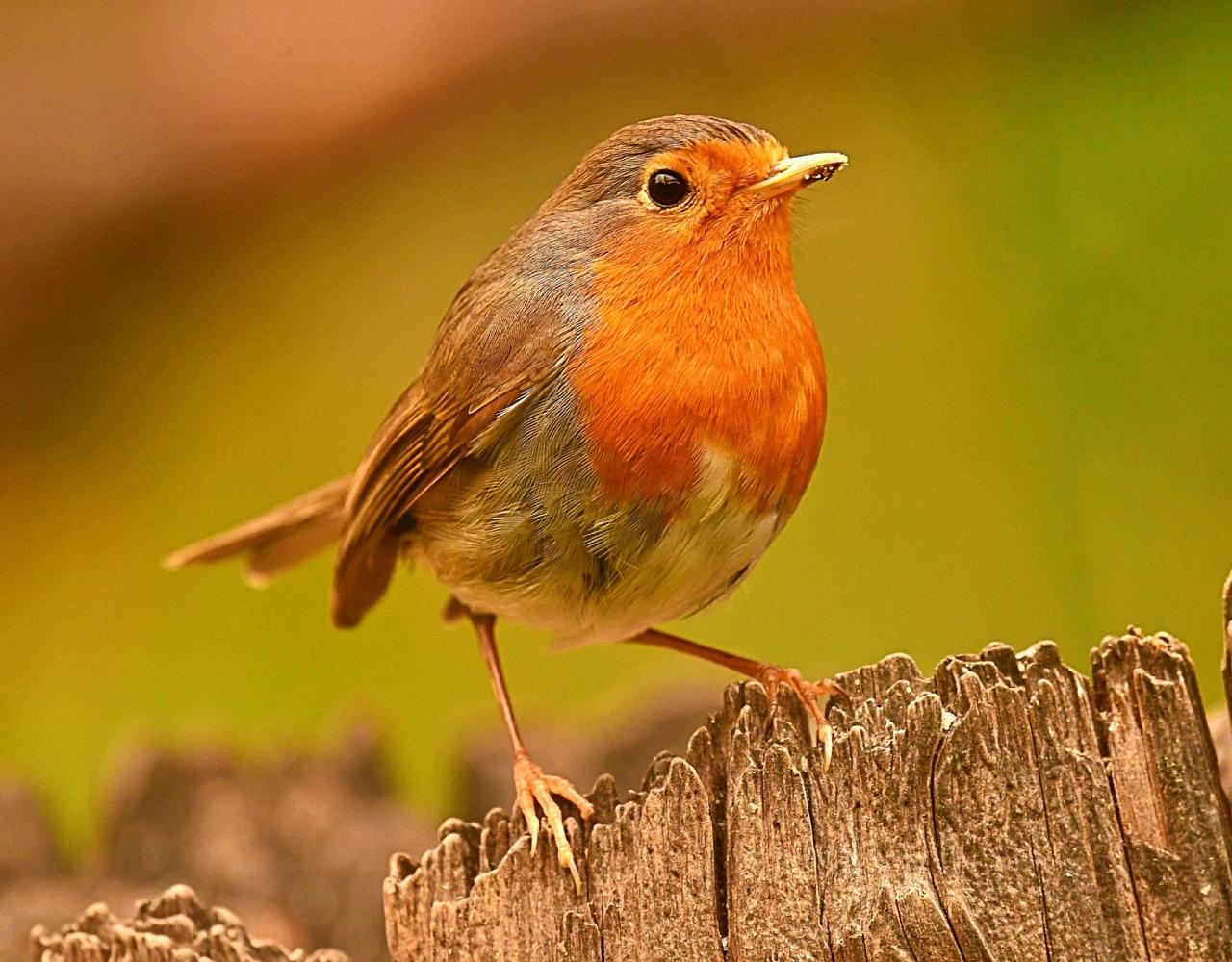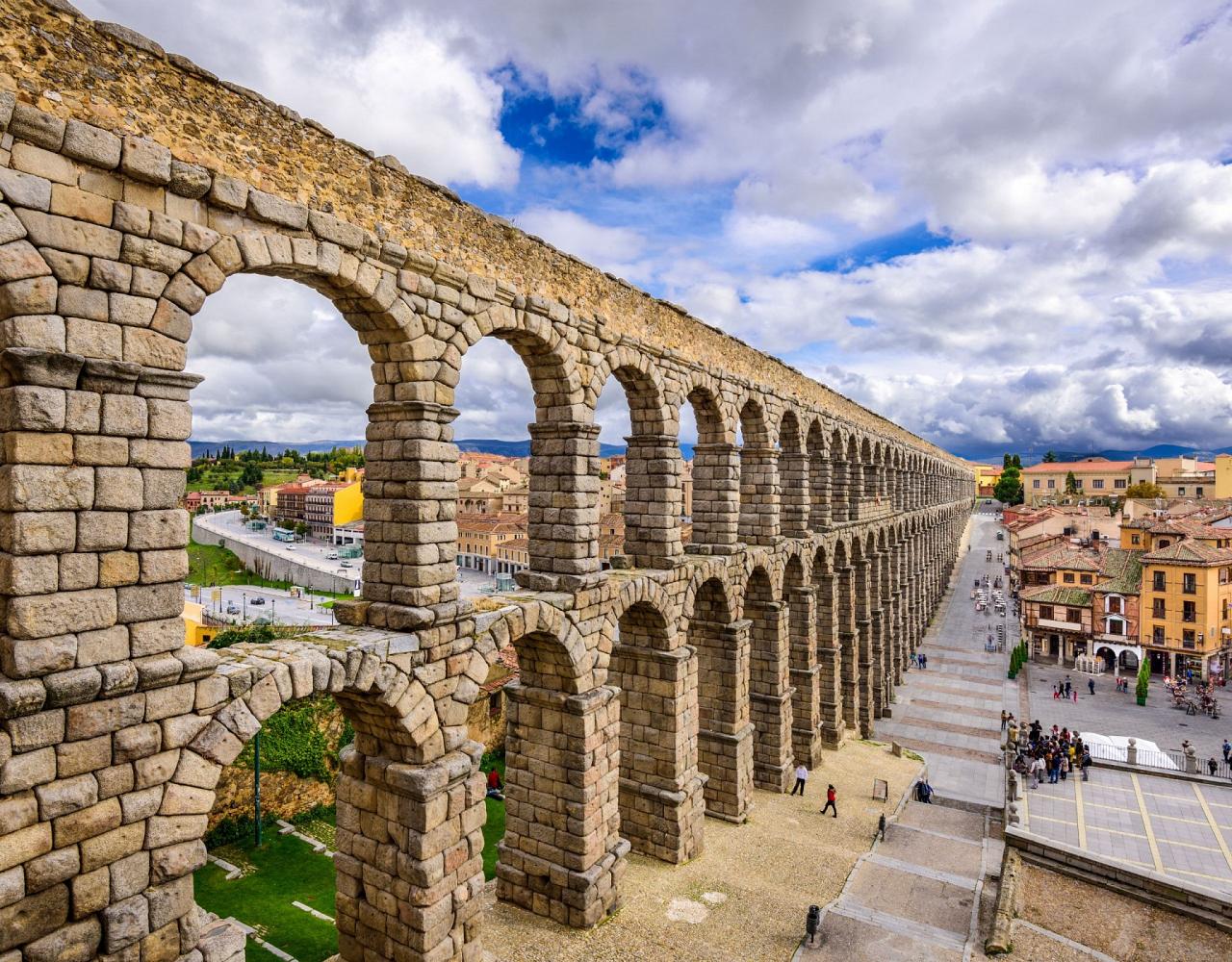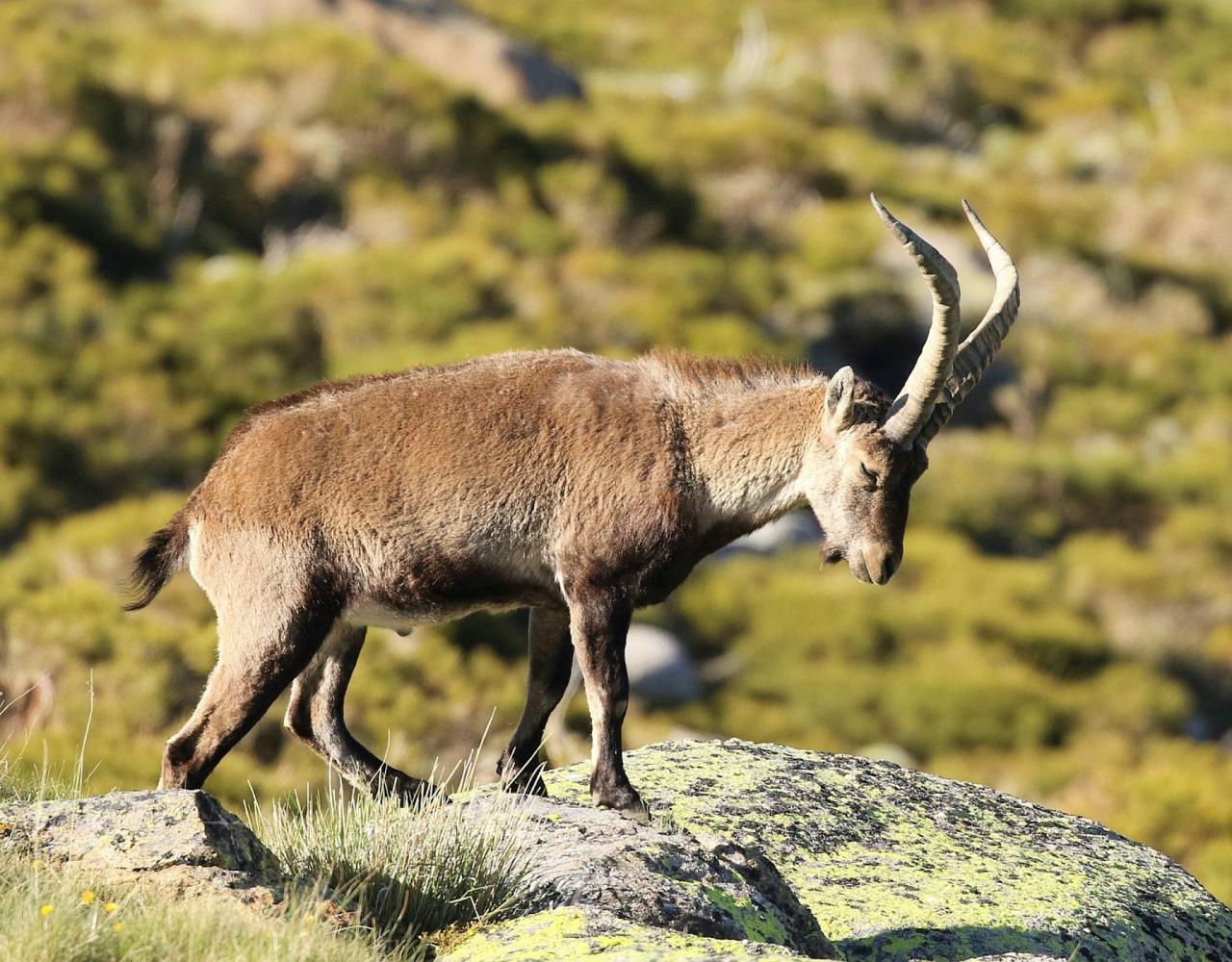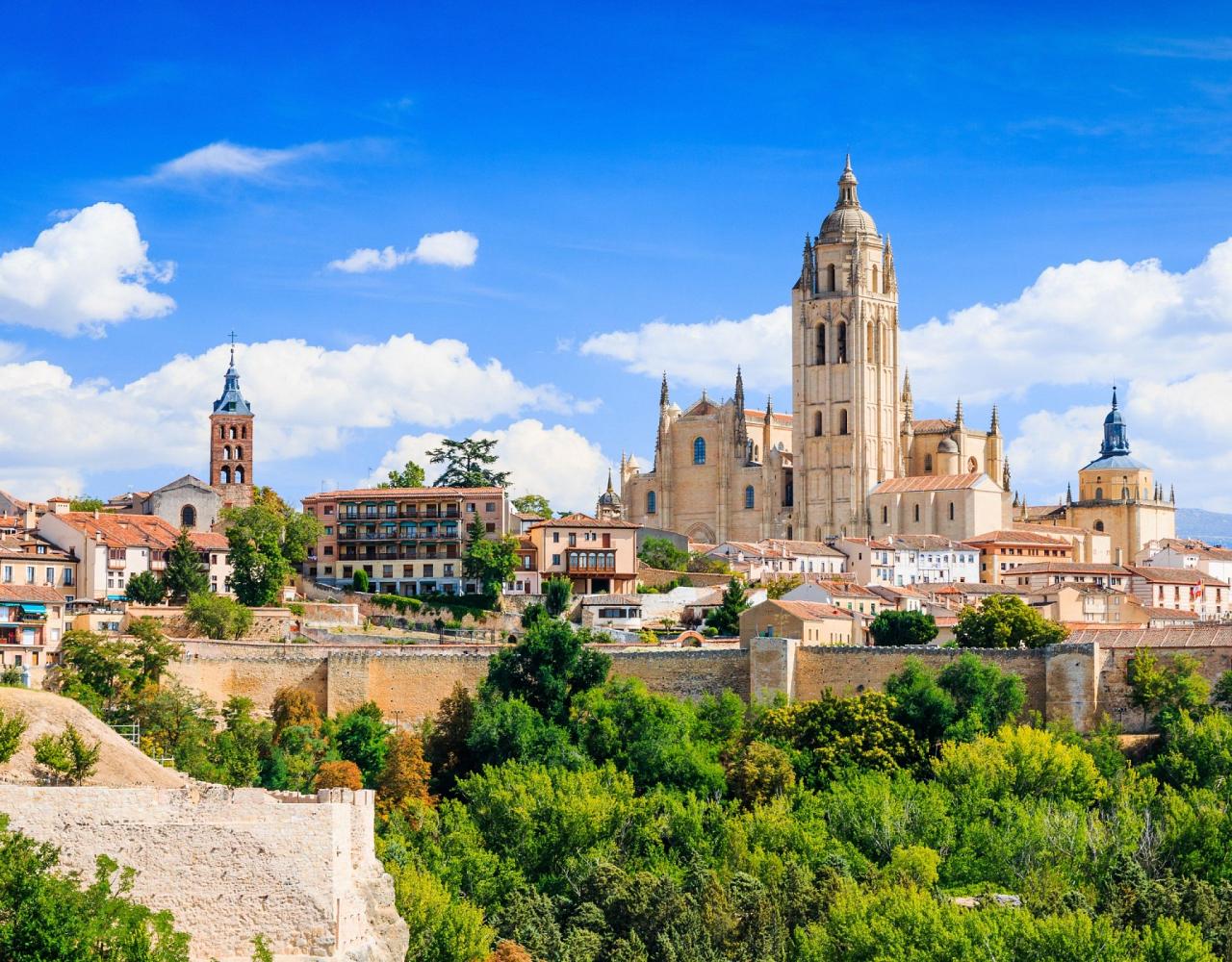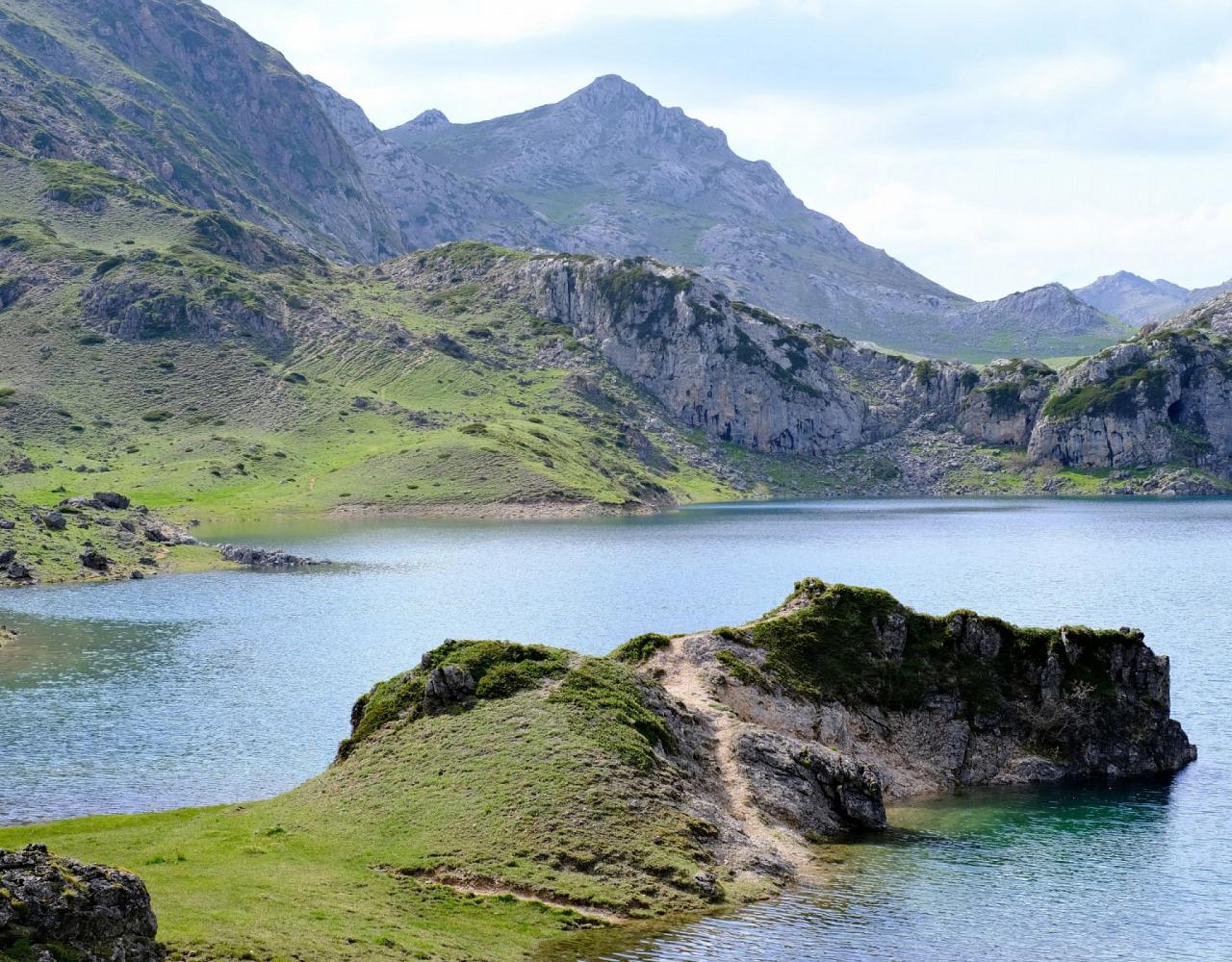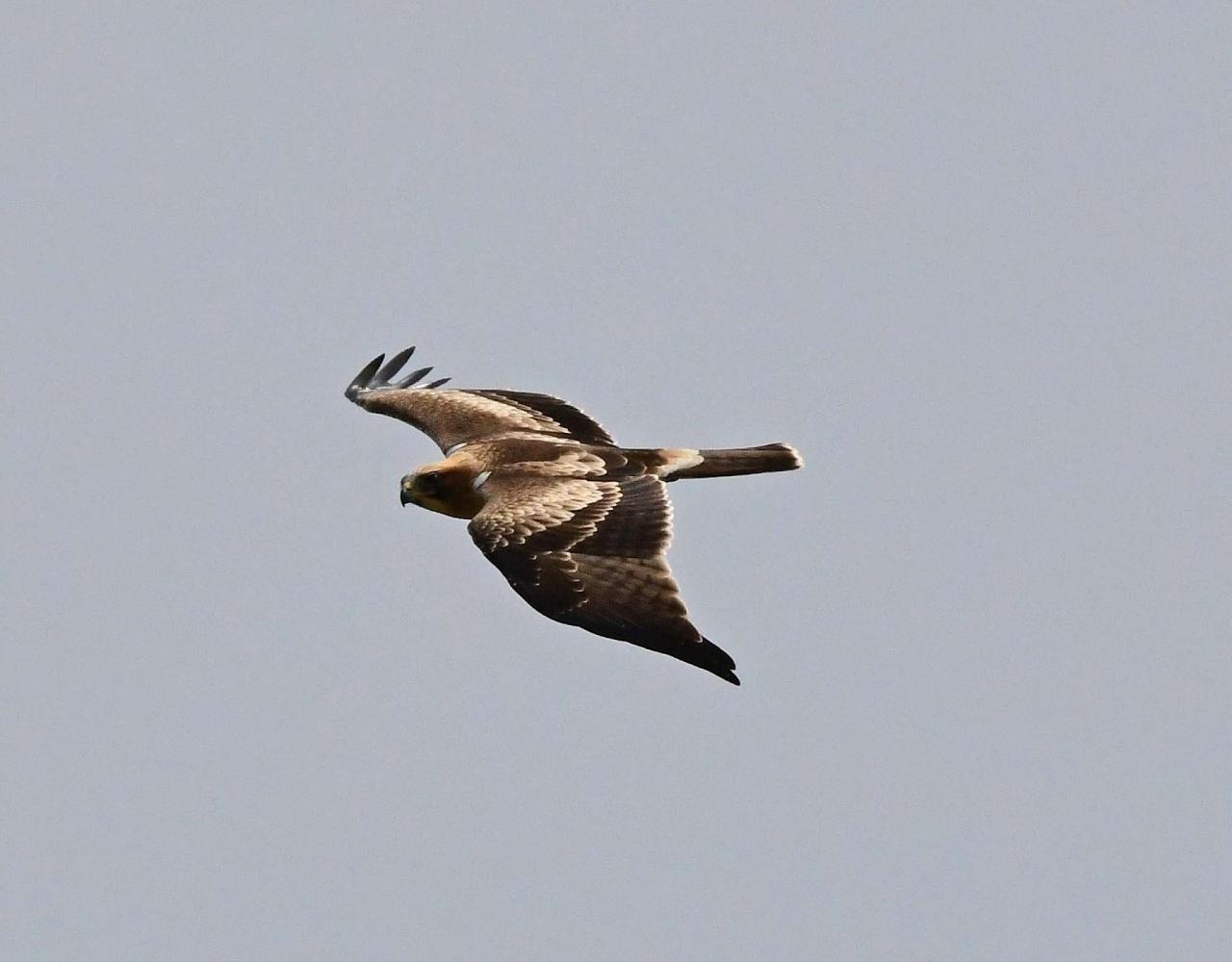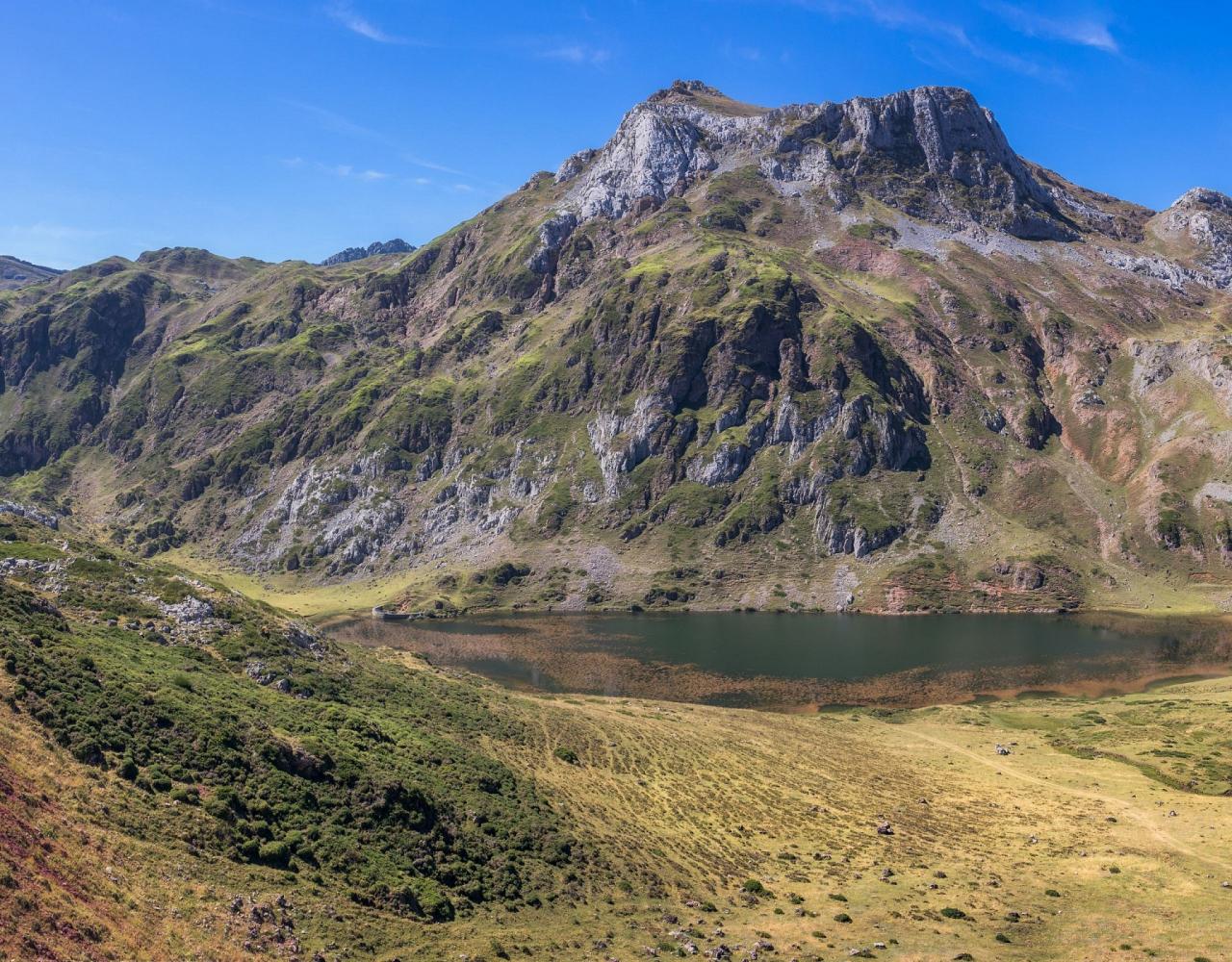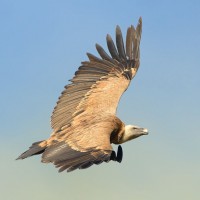- Overview
- Full Itinerary
- Photo Gallery
- Costing
- Travel Details
- Trip Reports
- Guide
- Know Before You Go
- Other Trips You May Like
Experience Spain at its most spectacular on this unforgettable 2026 journey that blends world-class birding, incredible wildlife encounters, breathtaking mountain scenery, rich Spanish culture—and the rare magic of a total solar eclipse. From Madrid’s historic charm, we venture into wild landscapes where Iberian Wolves roam the Sierra de la Culebra and Cantabrian Brown Bears forage in lush Somiedo National Park. Each day brings new marvels: soaring vultures and bee-eaters overhead, enchanting medieval villages, serene glacial lakes in Picos de Europa, and forests alive with songbirds. This is Spain beyond the cities—raw, scenic, and wildly biodiverse.
Yet this adventure is not only about nature—it is also a deep dive into Spain’s heritage and way of life. We taste traditional dishes like fabada, explore sacred sites such as the Covadonga Sanctuary, stroll ancient cobblestone towns, and experience vibrant regional culture in places like Oviedo and Segovia. And then comes the grand finale: standing in the dramatic mountain landscapes of Montaña de Riaño, gathered together as the sky darkens and the August 12, 2026 Total Solar Eclipse sweeps overhead in a breathtaking two minutes of totality. With wildlife, culture, scenery, and a once-in-a-lifetime celestial event, this tour promises wonder at every turn.

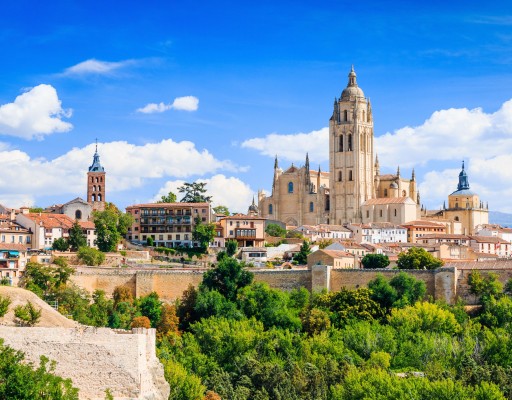

Tour Highlights
- Search for iconic wildlife including Iberian Wolf, Cantabrian Brown Bear, European Wildcat, and a stunning array of mountain birds across Spain’s most biodiverse parks.
- Witness the 2026 Total Solar Eclipse from a prime viewing point in the dramatic mountains of Montaña de Riaño as day turns briefly to night.
- Explore rich Spanish culture and history in charming medieval towns like Oviedo and Segovia, complete with castles, cathedrals, and Roman aqueducts.
- Savor authentic regional cuisine from hearty Asturian fabada to traditional cider tastings in local sidrerías.
- Journey through spectacular landscapes including rugged limestone peaks, glacial lakes, lush forests, and serene mountain meadows.
- Enjoy guided birding and nature walks with expert leaders, spotting vultures, bee-eaters, wallcreepers, and other European specialties.
Trip Itinerary
Itineraries are guidelines; variations in itinerary may occur to account for weather, road conditions, closures, etc. and to maximize your experience.
Mon., Aug. 3 Arrivals
Welcome to Spain! Please plan to arrive in Madrid today at your leisure. We plan to assemble as a group for dinner this evening.
Accommodations at Hotel Agumar, Madrid (D)
Tues., Aug. 4 Madrid to Sierra de la Culebra
We wake up this morning in Madrid and enjoy our first lovely Spanish breakfast. Then, we pack up and transfer to La Sierra de la Culebra (home to the largest population of Iberian Wolves in the Iberian Peninsula) and check into our accommodations for the next two nights in Puebla de Sanabria in the region of Castilla y Leon, just near the northeast corner of Portugal. The village is beautiful, hosting cobblestone streets and stone buildings adorned with flowers; the castle, churches, and walls of the city lay within the boundaries of the Tera and Castro rivers, and a stroll through town feels like stepping back in time.
After lunch we go on an evening outing and lie in wait for a good chance to see Iberian Wolves. As we explore, we keep our eyes peeled for exciting birds like Black and White Storks, European Honey-buzzard, Eurasian Griffon, Short-toed Snake-Eagle and Booted Eagle, Red and Black Kites, gorgeous Eurasian Hoopoe, Iberian Green Woodpecker, Iberian Grey Shrike, ever-present Eurasian Magpie, and striking Eurasian Jay. European Stonechat, Northern Wheatear, Black Redstart, White and Gray Wagtails, and pretty Common Chaffinch add striking color to our bird list today.
Accommodations at Hotel Gran Casona de Sanabria, Puebla de Sanabria (B,L,D)
Wed., Aug. 5 Full Day Exploring Sierra de la Culebra
We awake and enjoy another delicious Spanish breakfast before departing for a full day focused on the observation of the fauna of Sierra de la Culebra, which includes striking Red Deer, Roe Deer, Wild Boar, Red Fox, and of course the Iberian Wolf. There is a rich culture here that has been created around this mammal since ancient times; we learn from our guides about the local customs and cultures. We also enjoy a workshop that allows us to interact with the skulls of wolves and other carnivores and herbivores of the region, as well as learning and studying the tracks of the local fauna.
The Sierra de la Culebra, translated to Mountain of the Snake, is the natural border between this section of Spain and neighboring Portugal. As we look for and learn about the mammals of these mountains, we also watch for huge Cinereous Vulture, possible Golden Eagle, beautiful Western Marsh Harrier, Common Buzzard, jewel-like European Bee-eater, Great Spotted Woodpecker, Eurasian Kestrel, Eurasian Golden Oriole, and more.
Accommodations at Hotel Gran Casona de Sanabria, Puebla de Sanabria (B,L,D)
Thurs., Aug. 6 Sierra de la Culebra to Somiedo Natural Park
After breakfast, we journey north this morning toward Somiedo Natural Park in the region of Asturias. The region is renowned for its mountainous scenic beauty, wildlife, culture, and food. Asturias is known as “Green Spain” and we can see why. The Natural Park is one of the wildest in all of Spain and is home to all the big mammals of the Cantabrian Mountains, including more than 100 species of birds and a stable population of Brown Bear, which gives the park special importance to the conservation of these species.
We check into our cozy and locally owned hotel, enjoy lunch (perhaps trying the local specialty of “fabada”—a warm bean stew), and then enjoy a bit of a siesta or a stroll around the grounds before we head out this afternoon for our first chance to see Cantabrian Brown Bear, busily bulking up for the swiftly coming winter. This is truly wild Europe, where the human population is small and nature is queen.
The park encompasses an impressive mix of rugged limestone peaks, lakes, and stunning beech and oak forests. At rushing mountain streams we look for White-throated Dipper, and above us it’s possible to see Egyptian Vulture. Multiple tit species, Yellow-billed Chough, Eurasian Jay and Eurasian Magpie, cute Eurasian Nuthatch, vocal Eurasian Wren, and iconic European Robin can all be found as we explore … and if we’re very lucky, we may have a chance to spot the butterfly-like Wallcreeper. This park is considered one of the most well-preserved mountain environments in the entire Iberian Peninsula.
Accommodations at Hotel Flórez Estrada, Pola de Somiedo (B,L,D)
Fri., Aug. 7 Somiedo Natural Park
After tucking in to a fresh breakfast, we enjoy a short hike of about 2.5 miles this morning. As we hike we get a feel for the main habitats and heritage of the park. Birds on our list this morning could include strikingly bright Yellowhammer and European Serin, as well as the masked European Goldfinch. Stunning Eurasian Bullfinch, Gray and White Wagtails, Black Redstart, charming European Stonechat, Northern Wheatear, and hopefully glimpses of beautiful Blue Rock-Thrush are just a few of the species we may see this morning as we stroll through the forests and meadows.
We enjoy a hearty lunch after our exertions this morning, then take a little siesta before heading out in the early evening for another chance to see Brown Bears, a charismatic icon of the region.
Accommodations at Hotel Flórez Estrada, Pola de Somiedo (B,L,D)
Sat., Aug. 8 Somiedo Natural Park to Oviedo
We enjoy a leisurely morning before packing up and heading out, onward to the city of Oviedo, the capital of the Asturias province. Oviedo is well known as part of the Camino de Santiago pilgrimage route, with its medieval old town center, a gothic style cathedral and of course, because it is the capital of cider in Spain, it boasts its own cider boulevard. The town is well known for its rich history, pre-Romanesque architecture, and impressively beautiful greens spaces.
Upon arrival, we take a cultural tour to see the various monuments of Oviedo and end up in a sidreria (a traditional restaurant where cider is served in the old way) to taste the great variety of products of the region, including different meats, cheeses, sausages, cider, and more.
The afternoon is free today for you to explore the city on your own, perhaps pick up a few souvenirs, and simply enjoy the lovely sights, sounds, smells, and essence of this lovely city.
Accommodations at Gran Hotel España, Oviedo (B,L,D)
Sun., Aug. 9 Oviedo to Picos de Europa National Park: Cangas de Onis | Covadonga Sanctuary | Cosgaya
After an early breakfast, we leave for the town of Cangas de Onis to visit the famous Covadonga Sanctuary, a pilgrimage site set deep in the heart of the Picos de Europa mountains. The site is comprised of a gorgeous, pink-stoned basilica, a holy cave, a museum, the San Fernando Collegiate Church, and the Monument to King Pelayo. The site is where the first battle of the Reconquista took place in 718 between the Moors and the Christians and has been an important site in Spanish history since that time. We take a walk and enjoy the sanctuary and perhaps have time to visit the museum and do some further exploring. Birds we may see around us include Common Cuckoo, Eurasian Griffin, Common Buzzard, ubiquitous Eurasian Magpie, Eurasian Blue and Great, and Long-tailed Tits, Western House Martin and Eurasian Crag Martin, and possibly White-throated Dipper in the local streams.
From here we take a pleasant walk around the picturesque lakes of Covadonga; it’s a little under two miles between Lake Enol and Lake Ercina, but we take our time, taking in the scenery. These two glacial lakes were the original center of the national park, which was established in 1918. We have chances of Water Pipit, Wallcreeper, White-winged Snowfinch, Alpine Accentor, Northern Wheatear, Rufous-tailed Rock-Thrush, Common Raven, Red-billed and Yellow-billed Chough, Eurasian Kestrel, and Eurasian Griffon.
We enjoy lunch on the way to the town of Cosgaya before checking into our hotel check in at the hotel, enjoying a little rest, and then tucking in to a delicious dinner.
Accommodations at Hotel Cosgaya, Picos de Europa (B,L,D)
Mon., Aug. 10 Picos de Europa National Park: Fuente Dé
Today we are visiting one of the most emblematic places in the National Park, Fuente Dé. This cable car has been around since the early 1960s and offers a really fun and unique way to view the surrounding mountains and park. Once we reach the top, we enjoy a nice hike of about 2.5 miles looking for the most symbolic fauna of this protected area, including Yellow-billed Chough, Alpine Accentor, White-winged Snowfinch, and the elusive Wallcreeper, to name just a few. If you prefer to stay at the lookout rather than hike, you can do that too!
Lunch today is in the field, a picnic of local foods in an incredible location. We take the cable car down and head back to the hotel for some free time and perhaps a rest before dinner. Our hotel is locally owned and cozy, a nice place to relax and enjoy the incredible views.
Accommodations at Hotel Cosgaya, Picos de Europa (B,L,D)
Tues., Aug. 11 Montaña de Riaño Regional Park
After spending two days in Cosgaya and incredible Picos de Europa National Park, we move on Montaña de Riaño Regional Park at the Montaña Leonesa, one of the most renowned places in all of Spain to see European Wildcats and Iberian Wolves. Going through beautiful towns like Potes and mountain passes like Puerto de San Gregorio, we arrive at lunchtime to our hotel in Boca de Huergano, a beautiful sleepy and rural Spanish Village, a perfect viewpoint for tomorrow’s eclipse.
We take lunch lunch and some time to rest before heading back out on an evening outing and for our first chance to see the first Wildcats hunting Montane Water Vole.
Accommodations at Hotel Tierra de la Reina, Boca de Huergano (B,L,D)
Wed., Aug. 12 Total Solar Eclipse: Montaña de Riaño Natural Park
Right after breakfast, we embark on an early birding outing to look for some by now familiar favorites and for a second chance at seeing Wildcats.
After lunch, the countdown to showtime begins! We head towards the upper parts of Riaño, and settle down in the very the best place in the area to enjoy the highlight of the tour, the total solar eclipse. At 7:30 PM, local time, it’s time to put our eclipse glasses on as the start of this sheer spectacle unfolds and, at approximately 8:28 PM, the total solar eclipse is in full swing for two minutes. The surrounding mountain setting and the sun so low in the sky will make for an incredible viewing and leave memories to last a lifetime. We celebrate tonight!
Accommodations at Hotel Tierra de la Reina, Boca de Huergano (B,L,D)
Thurs., Aug. 13 Riaño to Segovia
Today is mostly a travel day as we make our way to our last destination of this special trip—Segovia. This city is well known in Spain as it has the most famous and best preserved Roman aqueduct in all of Spain. Our drive is about four hours today, but we have planned comfort stops to stretch our legs and enjoy some local birds.
Upon arrival in Segovia, we have time to check in and after lunch and a siesta, we enjoy a pleasant walk through the city to see the Roman aqueduct, and incredible feat of engineering with its 160+ arches and mortarless granite construction. Romanesque churches, medieval city walls, and a gothic cathedral are impressive highlights of this historic city. We enjoy a celebratory dinner tonight as well as our final bird list, recounting our favorite species, locations, and experiences of the trip.
Accommodations at Hotel los Arcos, Segovia (B,L,D)
Fri., Aug. 14 Departures
We enjoy a final breakfast before departing for the Madrid airport, about a 2 hour drive. We say our farewells, full of great memories of an incredible wildlife and cultural experience in Spain. (B)
Cost of the Journey
Cost of the journey is $7590 DBL / $8265 SGL per person from Madrid, Spain, based on double occupancy.
Included: accommodations for 12 nights, meals as specified in the itinerary, professional guide services, local guides, local park and reserve entrance fees, and miscellaneous program expenses.
NEW! all tips other than your NJ guide (optional) and local guide are included (this includes tips for your driver, lodge and staff, day activities, meals and other services).
Not included: roundtrip airfare to or from Madrid, airport transfers, or items of a personal nature such as: laundry or drinks from the bar.
This tour was priced in Euros, on October 13, 2025. If a significant shift in this rate occurs, we will need to adjust tour pricing accordingly, up to the time that final payment is made.
Travel Details
Please plan to make air travel plans only after the minimum group size has been met. We will send you a confirmation email as soon as the trip has been confirmed.
Arrival and Departure Airport: Adolfo Suárez Madrid–Barajas Airport (MAD)
Arrival Details: Plan flights to arrive August 3, 2026 at your leisure. The group will assemble for dinner.
Departure Details: Plan flights to depart August 14, 2026 after 3:00 PM.
Travel Tips: If you arrive early to rest up from your travels, we suggest booking an early night at our first night tour hotel, the Hotel Agumar. You can book this online and send us the confirmation number with the goal being you don’t have to switch rooms. There are also many hotels close to the airport if you wish to stay in that area after your flight. We have some recommendations below. If you are interested in exploring Madrid and want to stretch your legs after the long flight, consider a visit to Parque del Retiro, a large park in the center of Madrid. It features many walking paths, a large pond, and is also good for birding. Just a 5 minute walk from Parque del Retiro is the Prado National Museum, which has one of the largest art collections in the world featuring world renown European artists. And if you’d like to see the largest palace in Europe, the Royal Palace of Madrid is also in the downtown area. It has fascinating architecture, an extravagant interior, and an impressive collection of art and historical artifacts. The easiest method of transportation in Madrid is a taxi, although Uber is also available.
Hotel recommendations near the airport: Hilton Madrid Airport or Madrid Marriott Auditorium
Browse below for trip reports and species lists from past versions of this and other tours from this destination.
Spain
- May 2018
- May 2019
- September 2021
- April 2022
- September 2022
- April 2023
- September 2023
- April 2024
- April 2025
-
Stephen Grace
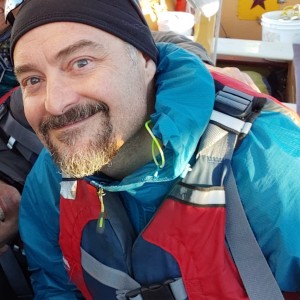
Stephen is an award-winning author, natural history educator and conservationist. He has also contributed to documentary films, and his nature photography has been widely published. Over the past two decades, he has introduced groups of travelers to nature and culture in destinations as varied as Uganda, New Zealand and Alaska.
After moving from Colorado to the Oregon coast, Stephen was captivated by the sight of a Tufted Puffin carrying fish back to its burrow, and the first time he heard a Swainson’s Thrush sing, he knew his life would never be the same. He has been studying birds and sharing their beauty with people ever since.
Formative experiences during Stephen’s journey as a naturalist have included tagging along as a teenager with his grandparents in Madera Canyon, where he absorbed their love of Arizona’s sky islands; helping people with different ability levels experience the Yellowstone ecosystem when he lived in Jackson Hole, Wyoming; and sailing aboard a historic schooner to share the wonders of the Salish Sea with students.
Now based in Port Townsend, Washington, Stephen explores the Pacific Northwest by backpacking, paddleboarding, snorkeling, biking, trail running, and skiing. His wide-ranging natural history pursuits include coring trees to count their growth rings, identifying bats by analyzing their biosonar signals, hunting mammoth tusks in Pleistocene bluffs, searching for the elusive Rubber Boa, preserving native prairie, raising awareness about plankton, and leading sea slug safaris.Other trips with Stephen Grace
-
 Christmas in Costa Rica Full! See our other Christmas trips.December 22 - 29, 2025
Christmas in Costa Rica Full! See our other Christmas trips.December 22 - 29, 2025 -
 India: Birds, Tigers & the Taj Mahal FULL - Check out Japan: Birding & Nature!January 27 - February 10, 2026
India: Birds, Tigers & the Taj Mahal FULL - Check out Japan: Birding & Nature!January 27 - February 10, 2026 -
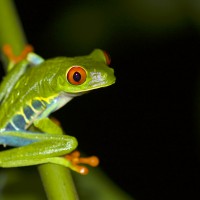 Costa Rica: Birding Across the Continental Divide Arenal Observatory & More! - FULL! See our Monteverde departure in March!February 16 - 25, 2026
Costa Rica: Birding Across the Continental Divide Arenal Observatory & More! - FULL! See our Monteverde departure in March!February 16 - 25, 2026 -
 Best of Guatemala: Birding & Culture FULL! See our March Belize Short & Sweet trip.March 10 - 20, 2026, w/Tikal extension
Best of Guatemala: Birding & Culture FULL! See our March Belize Short & Sweet trip.March 10 - 20, 2026, w/Tikal extension -
 Trinidad & Tobago: Incredible Birds & WildlifeApril 10 - 19, 2026
Trinidad & Tobago: Incredible Birds & WildlifeApril 10 - 19, 2026 -
 Spring in Spain: Birding & NatureApril 22 - May 5, 2026
Spring in Spain: Birding & NatureApril 22 - May 5, 2026 -
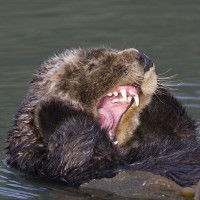 Olympic Peninsula Spring ExplorerMay 11 - 18, 2026
Olympic Peninsula Spring ExplorerMay 11 - 18, 2026 -
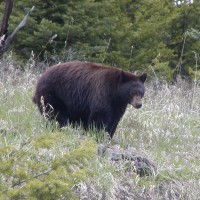 Yellowstone: Birds, Bears & Wildlife FULL - See our June 11th departure!June 4 - 10, 2026
Yellowstone: Birds, Bears & Wildlife FULL - See our June 11th departure!June 4 - 10, 2026 -
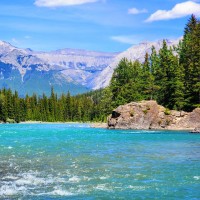 Into the Heart of Canada's Wild RockiesJune 18 - 26, 2026
Into the Heart of Canada's Wild RockiesJune 18 - 26, 2026 -
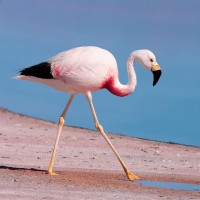 Peru's Avian & Archaeological WondersJuly 10 - 20, 2026, w/Machu Picchu extension
Peru's Avian & Archaeological WondersJuly 10 - 20, 2026, w/Machu Picchu extension -
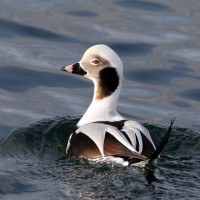 Olympic Peninsula Fall ExplorerSeptember 10 - 17, 2026
Olympic Peninsula Fall ExplorerSeptember 10 - 17, 2026 -
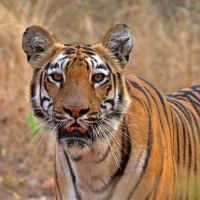 Southern India’s Western Ghats: Global Hotspot for BiodiversityNovember 7 - 21, 2026, w/Andaman Islands extension
Southern India’s Western Ghats: Global Hotspot for BiodiversityNovember 7 - 21, 2026, w/Andaman Islands extension -
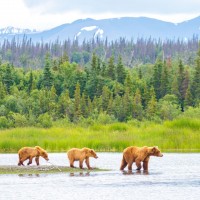 Aleutian Islands Adventure with Dutch Harbor & Kodiak IslandJune 15 - 25, 2027
Aleutian Islands Adventure with Dutch Harbor & Kodiak IslandJune 15 - 25, 2027
-
Photo credits coming soon.




